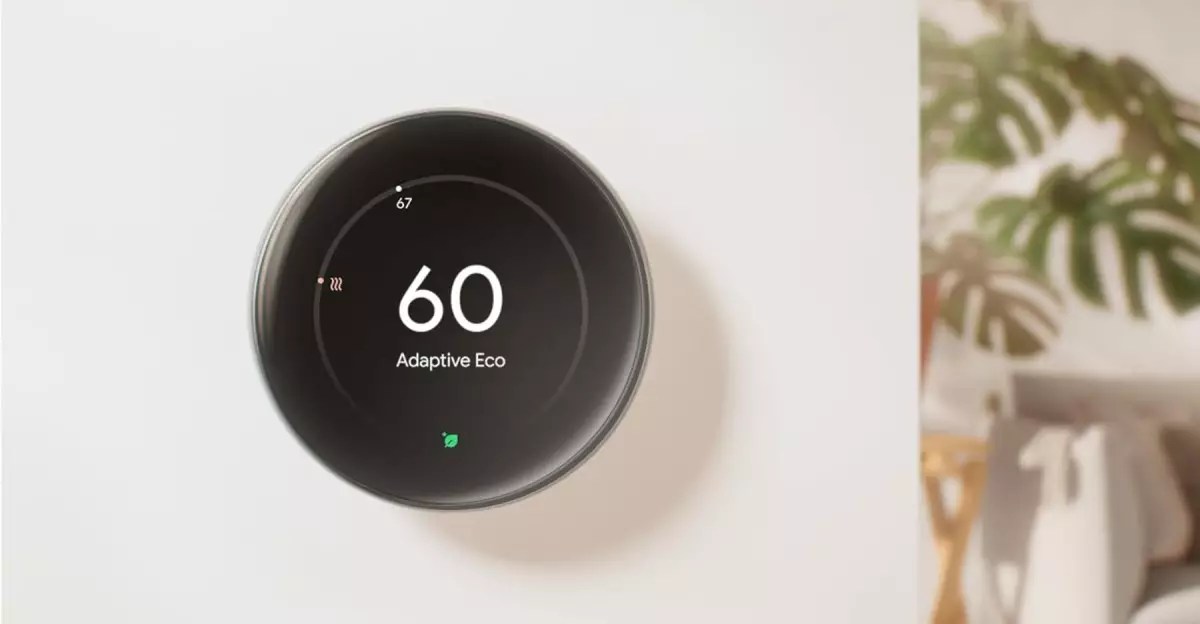The latest iteration of Google’s Nest Learning Thermostat represents more than just a hardware upgrade; it symbolizes a strategic evolution in smart home technology. Unlike previous models that primarily focused on basic temperature regulation, this new generation emphasizes integration, adaptability, and refined user experience. It embodies the modern desire for convenience while elevating the standards for energy efficiency and smart automation.
What makes this thermostat truly remarkable is its enhanced compatibility with diverse HVAC systems and smart home platforms. This shift signifies Google’s recognition that consumers no longer want to be tethered to isolated gadgets; they seek devices that communicate effortlessly across a broad ecosystem. By supporting Matter—a unifying standard in smart home connectivity—the Nest Thermostat ensures that users can control their climate via Google, Apple, Amazon, or Samsung’s platforms. This interoperability democratizes smart home control, paving the way for a more unified experience.
Design Refinements That Elevate Everyday Interaction
One of the first things users notice about the new Nest Thermostat is its significantly larger display—60% bigger than its predecessor. This isn’t merely an aesthetic choice but a functional upgrade that enhances usability and readability. The expanded screen enables the thermostat to present detailed information at a glance: real-time temperature, humidity levels, outdoor conditions, or even time, depending on user preferences. Such flexibility transforms the device into a miniature smart hub, feeding users critical data without the need for additional devices.
Beyond size, the design leans toward elegance and minimalism, ensuring it complements contemporary interior decors. The hardware redesign enhances the tactile experience and reduces the visual clutter, making it not only a smart device but also an attractive feature in any room. These refinements demonstrate Google’s commitment to blending form and function seamlessly.
Intelligent Features That Anticipate Your Needs
The inclusion of the Soli radar sensor brings a new level of intuitive recognition. It detects approaching individuals, allowing the thermostat to prepare conditions in advance automatically—a subtle yet impactful feature that elevates user comfort. The second-generation remote temperature sensor extends this intelligence by monitoring specific rooms, ensuring consistent temperatures throughout your home, not just at the main thermostat location.
Smart Scheduling, a significant upgrade in this model, exemplifies the device’s learning capability. It observes patterns—like waking times, bedtimes, or when no one is home—and adapts accordingly. This feature transforms what was once manual effort into an intelligent system that anticipates and automates comfort adjustments, significantly reducing energy waste and lowering utility bills.
However, it’s important to be critical of the dependency on this form of automation. Such features, while convenient, may obscure user control and lead to over-reliance on algorithms that aren’t perfect. An overly automated system might sometimes misinterpret patterns, leading to unnecessary energy consumption or discomfort. Nevertheless, the option to revert to manual control provides a safeguard.
Critical Perspectives and Future Outlook
Despite its impressive capabilities, the Nest Learning Thermostat is not without flaws—some of which are subtle yet worth considering. The need for a C-wire in certain installations might pose challenges for older homes, and while Google claims that the new model often doesn’t require one, potential users should verify compatibility thoroughly. The reliance on smart home ecosystems also introduces concerns about data security and privacy, especially as these devices become more intelligent and constantly collect user behavior.
Furthermore, for all its technical prowess, the actual impact on energy savings depends heavily on user engagement. An overly trusting automaton might lead to complacency, ignoring manual overrides or neglecting to fine-tune settings. The device’s success hinges on users striking a balance between automation and manual oversight.
In the broader context, Google’s improvements suggest a pivotal shift in smart home technology—moving from isolated gadgets to integrated systems that enhance daily life subtly but profoundly. The Nest Learning Thermostat exemplifies this transition, setting a high standard for the future of home automation. It raises questions about how intelligent systems will continue to evolve: Will they truly learn our habits, or will they simply mimic adaptation? Regardless, this model successfully positions itself as an essential upgrade that reflects the increased expectations of modern smart homes.


Leave a Reply